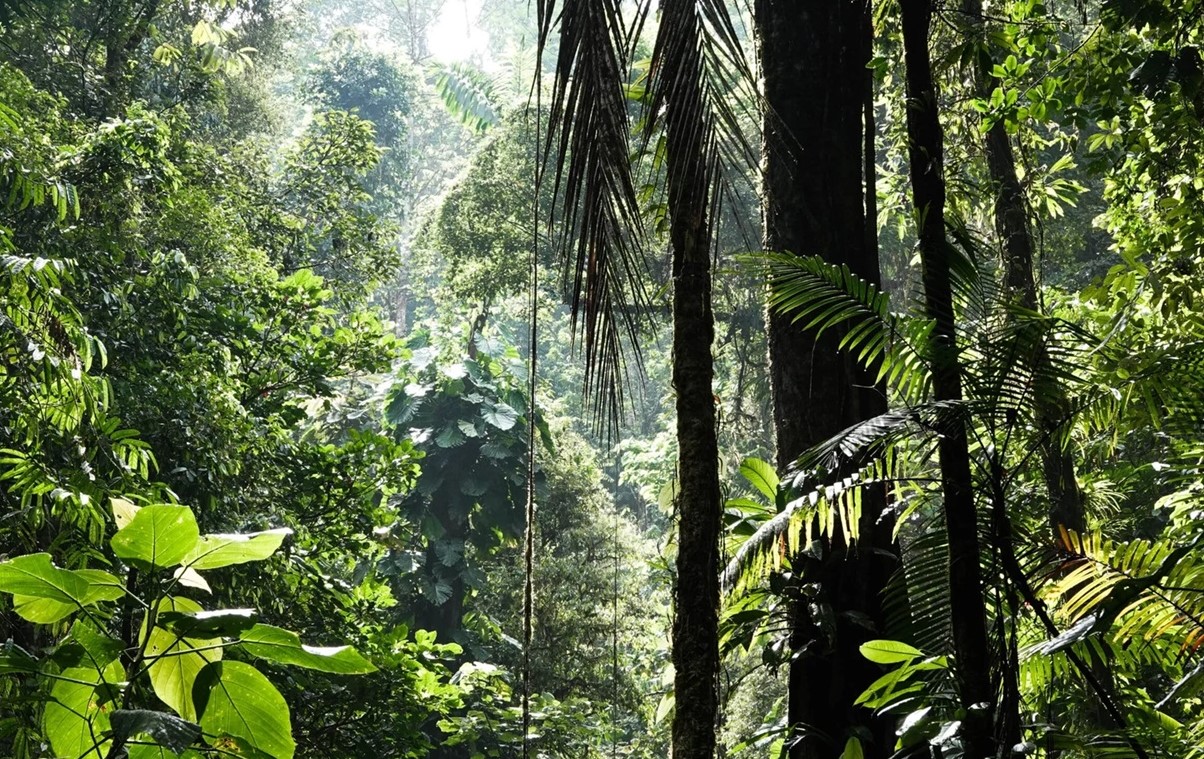middleportal.com – Biodiversity, the incredible variety of life on Earth, is under threat due to human activities. As we continue to alter ecosystems for our own needs, the delicate balance of nature is disrupted, leading to a decline in biodiversity. In this article, we will explore how humans are impacting biodiversity in ecosystems around the world, with two compelling examples highlighting the consequences of our actions.
Land Use Change: The Primary Driver of Biodiversity Loss
One of the main direct causes of biodiversity loss is land use change, particularly for large-scale food production. As the global population continues to grow, the demand for agricultural land intensifies, leading to the conversion of natural habitats into croplands and pastures. This results in the displacement and loss of countless species.
For instance, the Amazon rainforest, often referred to as the “lungs of the Earth,” has been significantly impacted by deforestation for cattle ranching and soybean plantations. The destruction of vast areas of this biodiverse ecosystem has not only led to the extinction of numerous species but also disrupted the intricate relationships between plants, animals, and their environment.
In addition to the Amazon, the conversion of forests into palm oil plantations in Southeast Asia has also had devastating consequences for biodiversity. Species such as orangutans, tigers, and elephants are losing their natural habitats, pushing them closer to extinction. Furthermore, the draining of peatlands for palm oil production releases massive amounts of carbon dioxide into the atmosphere, exacerbating climate change.
Overexploitation: A Threat to Marine and Terrestrial Life
Overexploitation, including overfishing, overhunting, and overharvesting, is another significant factor driving biodiversity decline. The relentless pursuit of resources for food, medicines, and timber has pushed many species to the brink of extinction.
Take the case of the Atlantic cod, once abundant in the waters of North America and Europe. Overfishing, driven by the demand for this popular food fish, has caused a severe decline in cod populations. This not only affects the cod itself but also disrupts the entire marine food web, as cod are key predators in their ecosystems. The loss of cod has led to cascading effects, impacting other species and altering the structure and function of marine ecosystems.
Similarly, the illegal trade in wildlife, driven by the demand for exotic pets, traditional medicines, and luxury goods, is decimating many species. The poaching of elephants for their ivory and rhinos for their horns, for example, has pushed these magnificent creatures to the brink of extinction. The loss of such iconic species not only diminishes the beauty of our planet but also disrupts the intricate web of interactions they have with other organisms in their habitats.
Conclusion
The impact of human activities on biodiversity is undeniable. Land use change and overexploitation are two significant drivers of biodiversity loss, causing irreparable damage to ecosystems around the world. It is crucial that we recognize the consequences of our actions and take steps to mitigate and reverse the damage.
By promoting sustainable land management practices, protecting and restoring natural habitats, and implementing responsible fishing and hunting regulations, we can begin to address the challenges facing biodiversity. Only through collective efforts and a deep respect for the interconnectedness of all life on Earth can we hope to preserve the incredible diversity that makes our planet so extraordinary.

